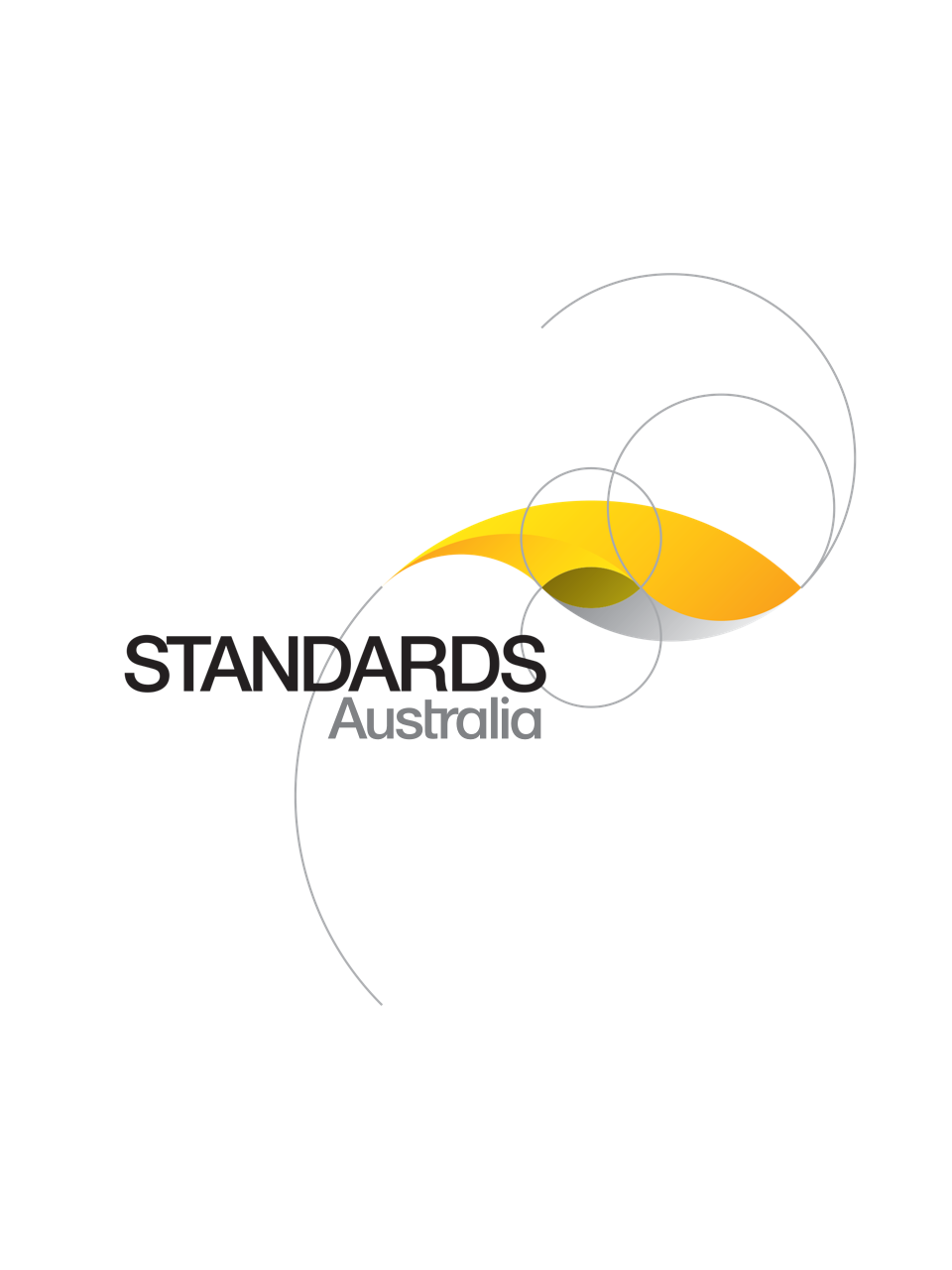Standard
Track updates
AS 2550.5:2016
[Current]Cranes, hoists and winches - Safe use, Part 5: Mobile cranes
Specifies requirements for the safe use of mobile cranes as defined in AS 2549. It is complementary to AS 2550.1, but requirements given herein take precedence over the corresponding requirements in AS 2550.1.
Published: 21/10/2016
Pages: 41
Table of contents
Cited references
Content history
Table of contents
Header
About this publication
Preface
1 Scope and general
1.1 Scope
1.2 Application
1.3 Referenced documents
1.4 Definitions
1.5 Instructions
1.6 Design requirements
2 Planning
2.1 General
2.2 Planning
2.3 Matters to be considered
3 Selection
4 Siting
4.1 General
4.2 Crane standing
4.2.1 General
4.2.2 Wind load
4.2.3 Working over cellars, ground cavities or underground services
4.2.4 Excavations and embankments
4.2.5 Soft surfaces
4.2.6 Riverbed, tidal or flood water areas
4.2.7 Working on structures
4.2.8 Outriggers
4.3 Proximity hazards and visibility
4.3.1 Proximity hazards
4.3.2 Visibility
4.4 Environmental restrictions
4.5 Clearances
5 Erection and dismantling
5.1 Crane stability during erection and dismantling procedures
5.2 Commissioning
5.2.1 General
5.2.2 Correct function of safety devices
5.3 Adjustment of outriggers
6 Operation
6.1 General
6.2 Travelling and transportation
6.2.1 Road and site transit
6.2.2 Site travel with a boom or a jib fitted
6.2.3 Loading cranes for transportation
6.2.4 Transportation security
6.2.5 Transportation of the boom section and the jib section
6.2.6 Travel and transport clearances
6.2.7 Outriggers during travel
6.3 Operation near aerial conductors (overhead powerlines)
6.3.1 General
6.3.2 Precautions when operating near live aerial conductors
6.3.3 Separation distances and risk controls
6.3.3.1 General
6.3.3.2 Overhead powerlines (up to and including 132 kV)
6.3.3.3 Overhead powerlines (greater than 132 kV)
6.3.3.4 Public transport authorities
6.3.3.5 Downshop conductors
6.3.3.6 Barriers at ground level
6.3.3.7 Person to crane contact
6.3.3.8 Earthing systems
6.3.3.9 High visibility bunting
6.3.4 Aerial conductor contact
6.4 Piling service
6.5 Load rating
6.5.1 Rated capacity chart
6.5.2 Radii extending under load
6.6 Precautions in the use of a telescopic boom crane
6.7 Travelling with suspended loads (pick and carry)
6.7.1 General
6.7.2 Surface preparation
6.7.3 Out of level operation
6.7.4 Slopes
6.7.5 Side loading on boom or jib
6.7.6 Two crane stability
6.8 Torque converters
6.9 Gravity lowering (free fall)
6.9.1 Free fall of the boom/jib
6.9.2 Free fall of the hook
6.10 Multiple hoist or crane operation
6.10.1 Lifts using the main and auxiliary hoists simultaneously
6.10.2 Lifts using multiple cranes
6.11 Erection of wind turbine
6.12 Vessel-mounted mobile cranes
6.12.1 General
6.12.2 Mounting or operating position
6.12.3 Vessel characteristics
6.12.4 Items to be verified
6.12.5 Grabbing cranes
6.12.6 Pile removal operations
6.12.7 Testing
6.12.7.1 General
6.12.7.2 Stability test
6.12.7.3 Function test
6.12.7.4 Brake test
6.12.8 Post-test assessment
6.12.9 Rated capacity charts
6.12.10 Offshore and ship-mounted cranes
6.13 Hooks fitted with safety catch
7 Maintenance, inspection and repair
7.1 General
7.2 Rountine inspections
7.3 Major inspection
7.3.1 General
7.3.2 Function test prior to dismantling
7.3.3 Key items to be considered for inspection by dismantling
7.3.4 Inspection requirements
7.3.5 Re-assembly and testing
7.3.6 Major inspection report
7.4 Inspection personnel
8 Limiting, indicating and data recording devices
8.1 Inspection, testing and calibration
8.2 Records
8.3 Maintenance
8.4 Operating and maintenance instructions
Appendix A
Appendix B
Appendix C
Cited references in this standard
[Current]
Electrical installations (known as the Australian/New Zealand Wiring Rules)
One-time Purchase
Access via web browser on any device
One-time purchase
Single publication
Offline access via PDF^
$177.61 AUD
Inclusive of GSTFormat *
Web Reader
Licenses *
1 License (for yourself - not shareable)
Total$177.61 AUD
IMPORTANT
